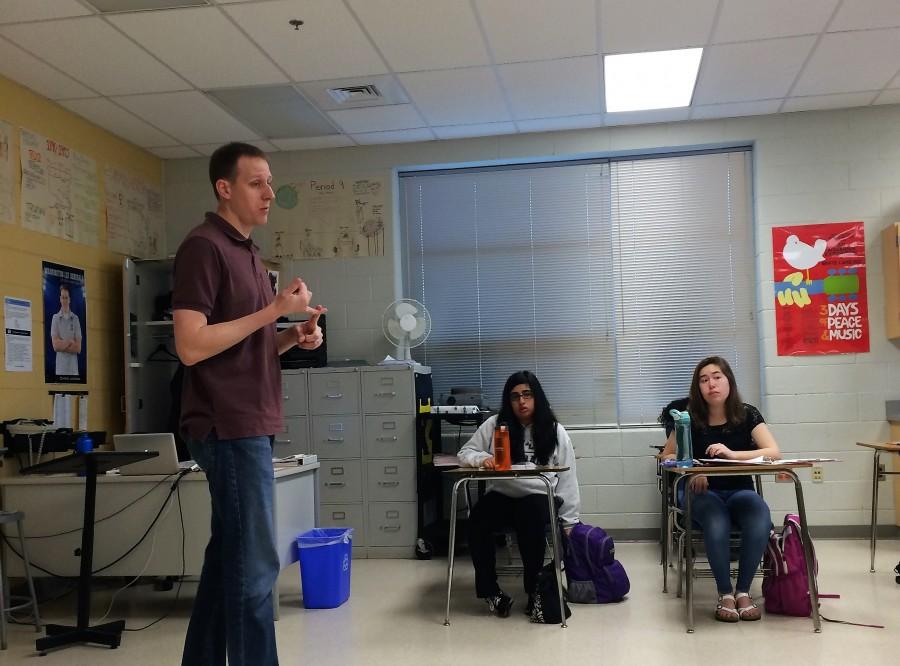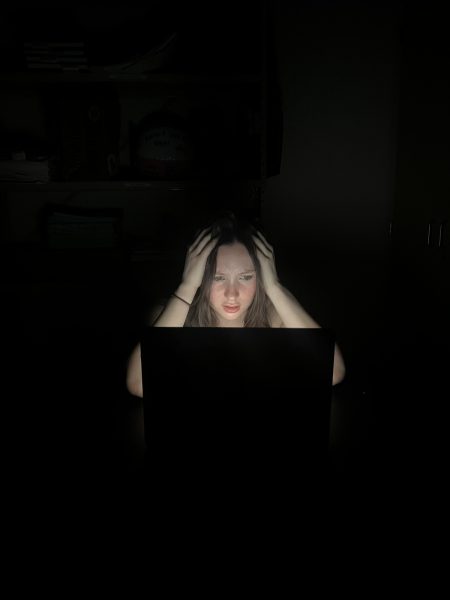Hit snooze, it’s healthier: The controversy over AM classes
The majority of students’ days extend from 8:19 a.m. to 3:01 p.m. However, four classes, known as A.M. classes, meet beginning at 7:30 a.m., and allow their students out a full period early every other day. Those students make a trade off, promising to secure their own transportation and arrive at school every morning at 7:30 a.m., which is no small thing. In return, they are released early every other day, as if their A.M. class is simply an extra-early third period.
A.M. classes are offered to juniors and seniors, who can choose between AP Government (AP Gov), AP US History (APUSH), and AP English 11 and 12. Many students choose this option because it allows them to take advantage of their free period and carries the unspoken guarantee of convenient parking options. This helps with the trade-off in transportation, as Arlington Public Schools does not offer bus service to shuttle students to A.M. classes.
However, piling on extra early hours does not necessarily help students health-wise. According to the American Association of Pediatrics (AAP) teenager’s natural sleep cycle dictates that it is difficult to fall asleep before 11 p.m., barring extreme physical activity or built-up exhaustion of the variety that many high schoolers face. The AAP recommends that schools begin no earlier than 8:30 a.m., although teens need 8.5 to 9.5 hours of sleep a night, with their natural circadian rhythm keeping them awake until 11 p.m. Forty percent of American high schools start earlier than 8:30 a.m., and only 15 percent start at 8:30 a.m. or later. Washington-Lee is one of the schools that starts between 8 and 8:30 a.m.; however, those students who elect to take an A.M. class fall into the category of students who must be at school more than an hour earlier than the AAP suggests they should.
Although the school cannot dictate whether students take A.M. classes, personal factors often make that choice for them. It may be easier on a student to take an early class and have free time for homework before going to extracurricular activities, sports, or a job. However, it remains up to the student to choose their arrival time, and when deciding, they must weigh personal concerns, extracurricular activities like jobs and sports, the amount of sleep they need, not to mention their workload.













